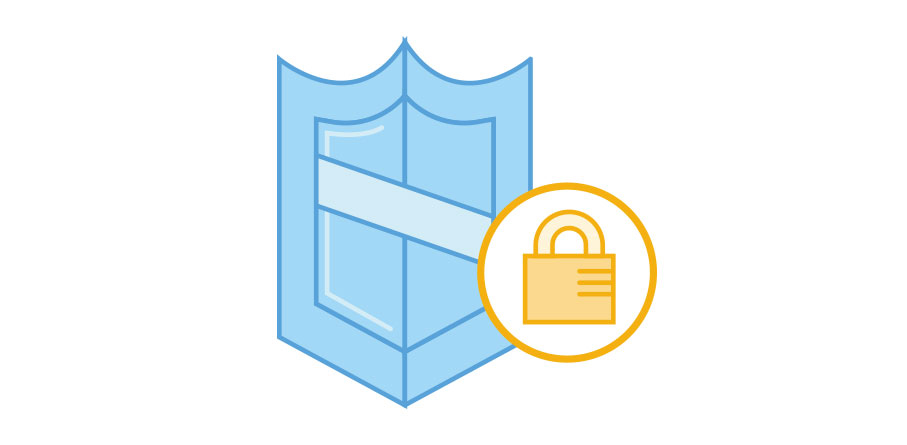Shared Responsibility Model: A Collaborative Approach to Security
The Shared Responsibility Model is a framework that defines the security responsibilities between cloud service providers (CSPs) and their customers. It is an essential concept for organizations planning to move to the cloud or have already migrated.
Understanding the Shared Responsibility Model
The Shared Responsibility Model designates the spheres of activity for which the CSP is directly responsible and outlines the responsibilities of the customer using the service3. It recognizes that security is a collaborative effort, with both parties sharing accountability for protecting data and resources.
Key Aspects of the Shared Responsibility Model
The Shared Responsibility Model is based on the following principles:
- CSP Responsibilities: The CSP is responsible for securing the underlying infrastructure, physical security, network security, and other foundational elements.
- Customer Responsibilities: The customer is responsible for securing their applications, data, user access management, and compliance with applicable regulations.
Benefits of the Shared Responsibility Model
Implementing the Shared Responsibility Model offers several benefits:
- Clear Accountability: The model clarifies security responsibilities, ensuring that both CSPs and customers understand their respective roles.
- Collaborative Security: By working together, CSPs and customers can create a more robust security posture.
- Compliance Readiness: The model helps organizations meet regulatory requirements by defining their security obligations.
SEO Optimization for Shared Responsibility Model
To optimize SEO for a blog about the Shared Responsibility Model, consider the following best practices:
- Keyword Research: Identify relevant keywords related to shared responsibility in cloud services and incorporate them naturally throughout the blog content.
- Title Tag Optimization: Craft an attention-grabbing title tag that includes primary keywords and accurately reflects the blog’s content.
- Meta Description Optimization: Write a compelling meta description that summarizes the blog’s content and encourages click-throughs from search engine results pages.
- Header Tags: Use header tags (H1, H2, etc.) to structure the blog content and include relevant keywords where appropriate.
- Internal Linking: Incorporate internal links to other related blog posts or pages within your website to improve navigation and enhance SEO.
- Image Optimization: Optimize images by using descriptive file names and alt tags that include relevant keywords.
- Mobile Optimization: Ensure the blog is mobile-friendly and responsive to provide a seamless user experience across different devices.







